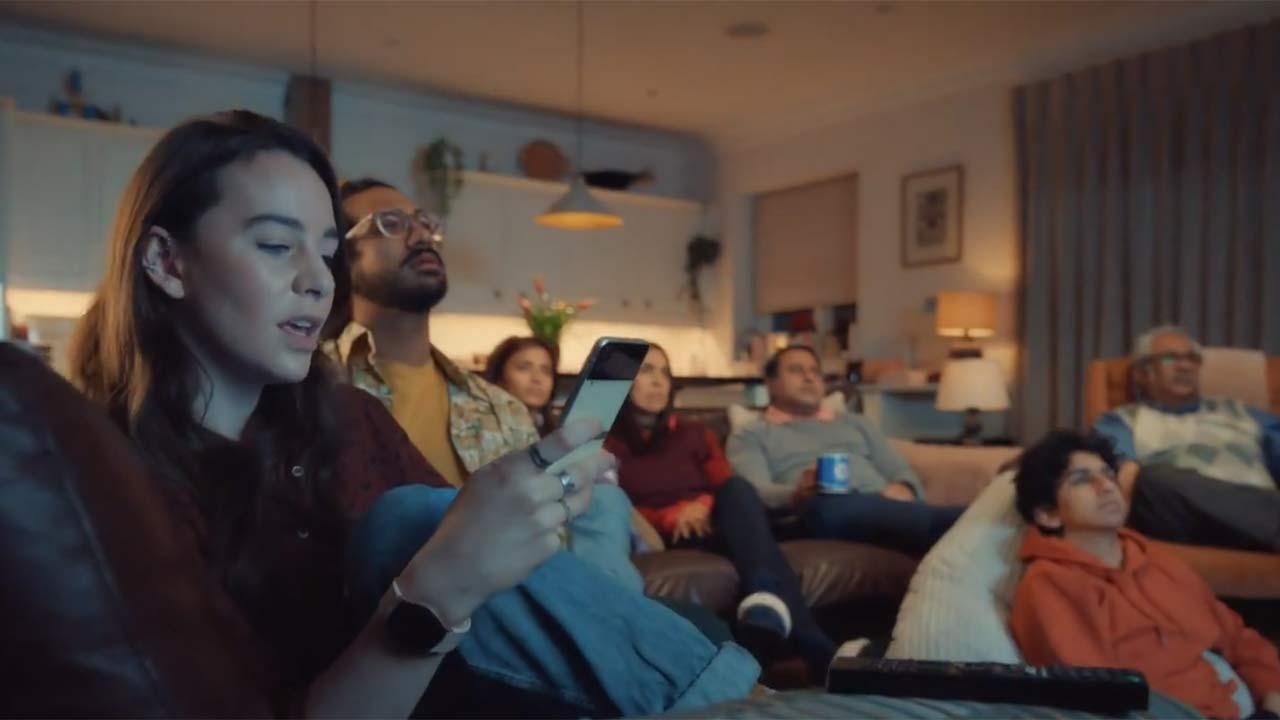Adland still isn’t normal, but its understanding of the UK public’s media consumption has improved.
Good understanding of the public’s broadcast TV consumption, however TikTok and SVOD massively over-estimated.
It’s been a decade since Thinkbox’s first “Ad Nation”, a landmark study exploring the differences in media consumption and perception between those who work in media and the average person in the UK.
Back then – and again in an update in 2016 – we discovered a chasm between the media consumption habits of the UK public and media professionals. Has this changed since?
Thinkbox’s new “Adnormal behaviour” study answers this question. Based on a random probability survey by Ipsos of 1,158 people weighted to be representative of the national population, and a survey of 216 media professionals, it examines claimed attitudinal and behavioural data on TV content and viewership, device/platform usage, and perceptions of advertising. Key findings include:
Adland still isn’t quite aligned to the public
The media professionals Ipsos spoke to remain different from the public in terms of their media consumption:
- Media professionals were 104% more likely to be users of Instagram, 106% more likely to use Twitter, and 153% more likely to use TikTok than the general UK public (based on claimed use within the last 3 months).
- They also claimed to watch 43 mins less live TV per day than the UK public (1hr, 9 mins vs. 1hr, 52 mins, respectively), but 10 mins more SVOD (1hr, 37 mins vs. 1 hr, 26 mins respectively).
- This is further reflected in the TV shows they watch. For example, 62% of the media professionals we spoke to have watched at least one episode of Netflix’s Squid Game in the past two years compared with 26% of the UK public.
Media consumption knowledge is improving
Since Thinkbox’s original ‘Ad Nation’ study, there have been a number of other ad industry studies – including Reach Solutions’ “The Empathy Delusion” and Newsworks’ “Sample of One” – that have sought to have a positive impact on media professionals’ ability to better estimate the media consumption patterns of the UK public. They appear to have succeeded:
- Despite claiming very different usage levels themselves, the media professionals’ estimates of the penetration of some social media apps – Facebook, Instagram, Twitter, Pinterest, and Snapchat – were within a 10 percentage-point margin of the penetration reported by the UK public.
- The media professionals could also very accurately estimate the amount of time people spend watching broadcast TV on a TV set, collectively estimating 2hrs, 33 mins a day (BARB data for the first half of 2022 reports 2hrs, 24 mins). In the 2016 wave of this research, the industry under-estimated this viewing by over an hour.
Still some areas where media professionals are still out of kilter
- 17% of the UK public claims to have used TikTok in the last three months. However, the media professionals put this at 35%, more than double the actual figure.
- Subscription VOD, according to data from BARB, accounts for 35 mins of viewing time per adult per day in the UK. Media professionals estimate that the population spends 2hrs, 3 mins a day watching SVOD – almost four times as much as they actually do.
Media professionals and the public have similar views on TV advertising
- When both the public and the media professionals were asked where they were most likely to find advertising that they liked, trusted, or would stick in their memory, among other attributes, TV received the highest number of mentions for nearly all statements. For example, TV was the leading source of advertising that the UK public liked (40%); that made them laugh (52%); and that they felt made brands, products, or services more famous (66%).
- While TV received the highest number of mentions from both samples, they differed on their second choice: media professionals thought cinema advertising was the second highest performer across most attributes, but the public had social media as the second highest ranking medium for the majority of statements.
Matt Hill, Thinkbox’s Research and Planning Director: “Adland’s job is to understand the audience, and this new study shows that we’re heading in a better direction. Yes, gaps remain – especially in perceptions and use of social media – but by and large adland has an improved grasp of what people are up to, particularly when it comes to TV. This study reminds us not to look at the world through the prism of our own behaviour.”
Hannah Whyte-Smith, Research Director in Media Development, Ipsos UK: “While there have certainly been some changes in the way the UK public consumes media, TV content – and broadcast TV in particular – remains a dominant player. Despite increased penetration of social media platforms, TV remains the leading source for advertising that resonates with consumers – including making brands more famous and directing them toward a new brand, product, or service. As the cost of living continues to grow more challenging, we could see the public’s reliance on broadcast TV services deepen, with the potential to enhance its place as a key medium for advertisers.”
 Thinkbox
Thinkbox